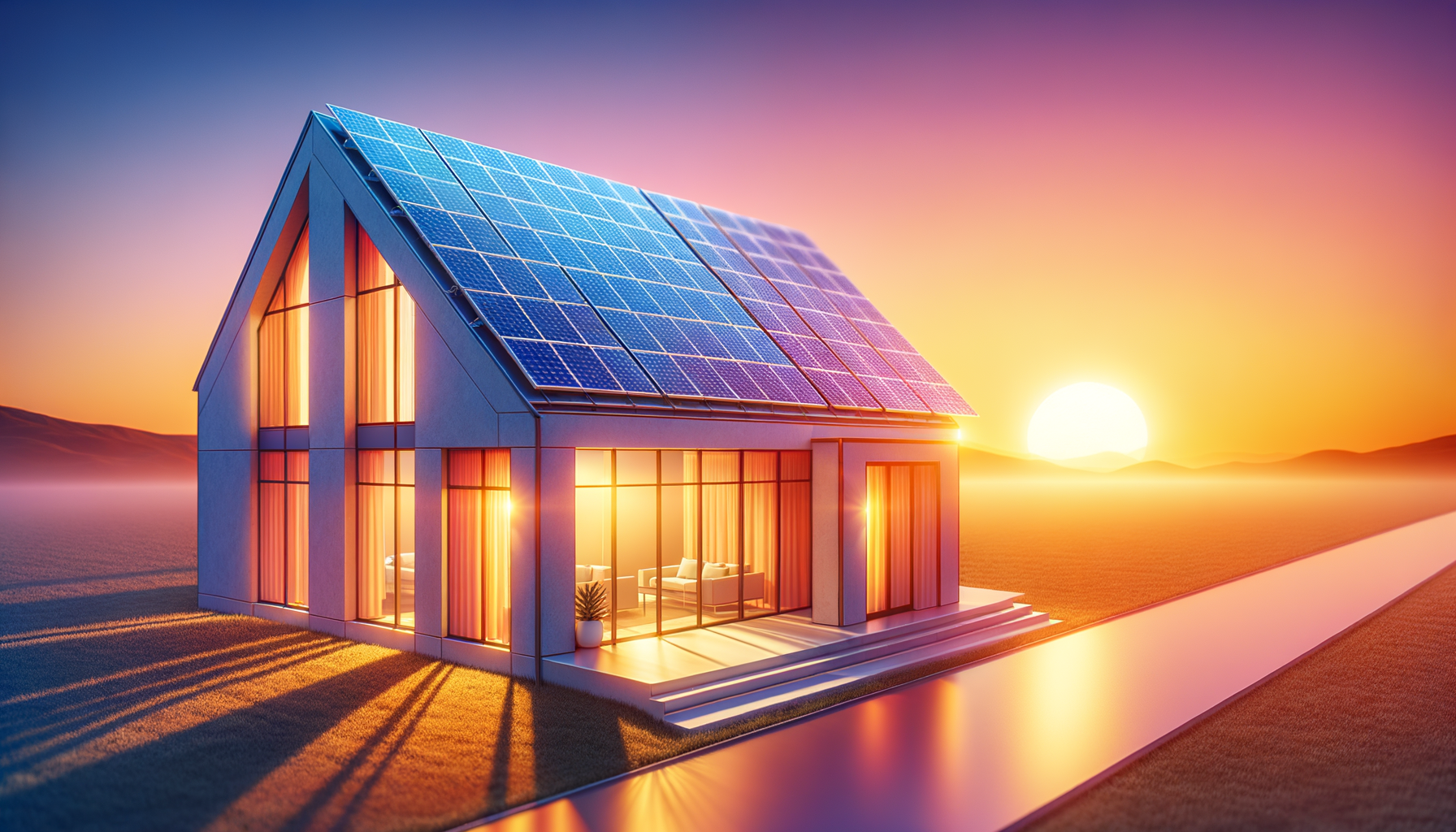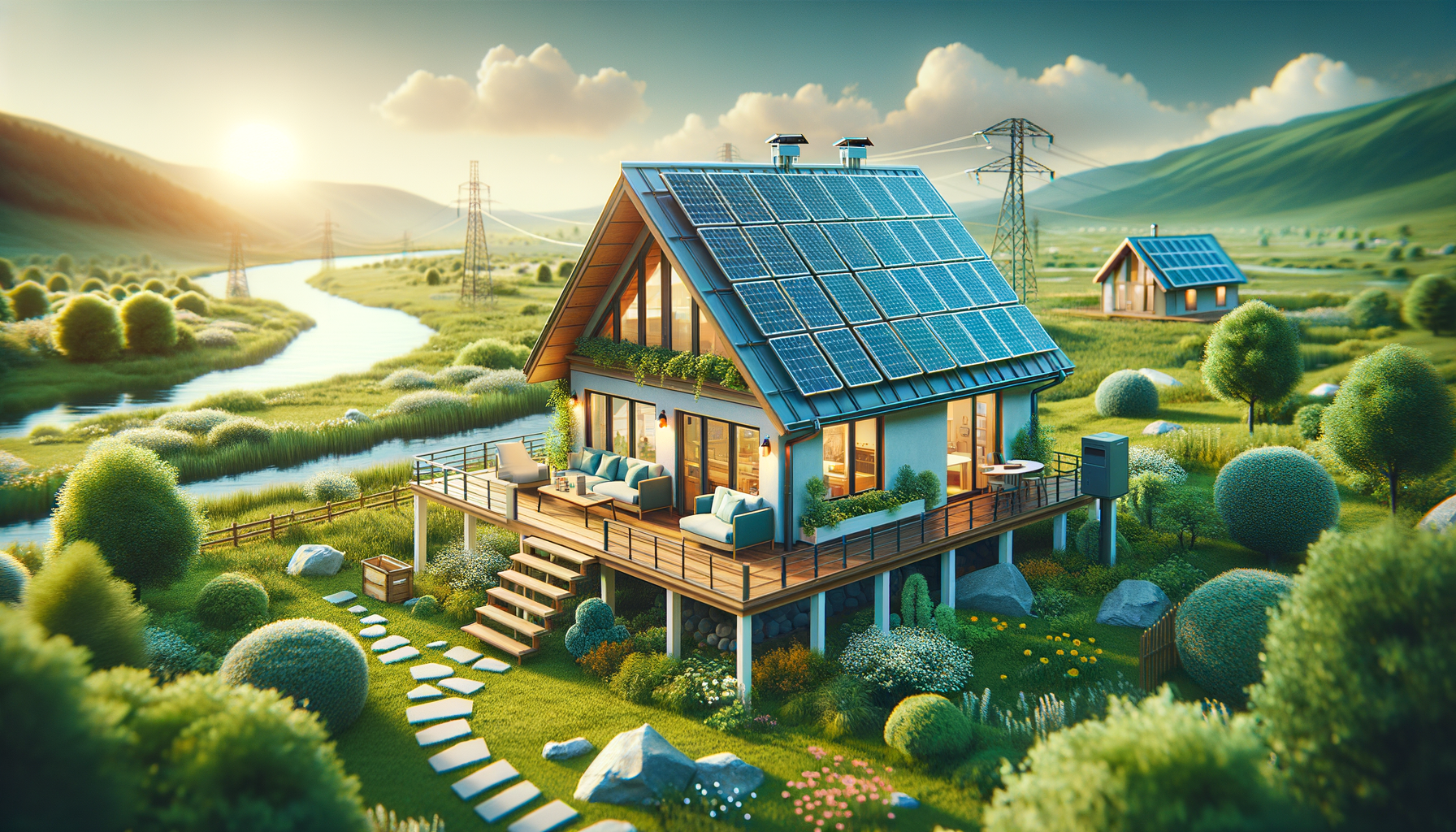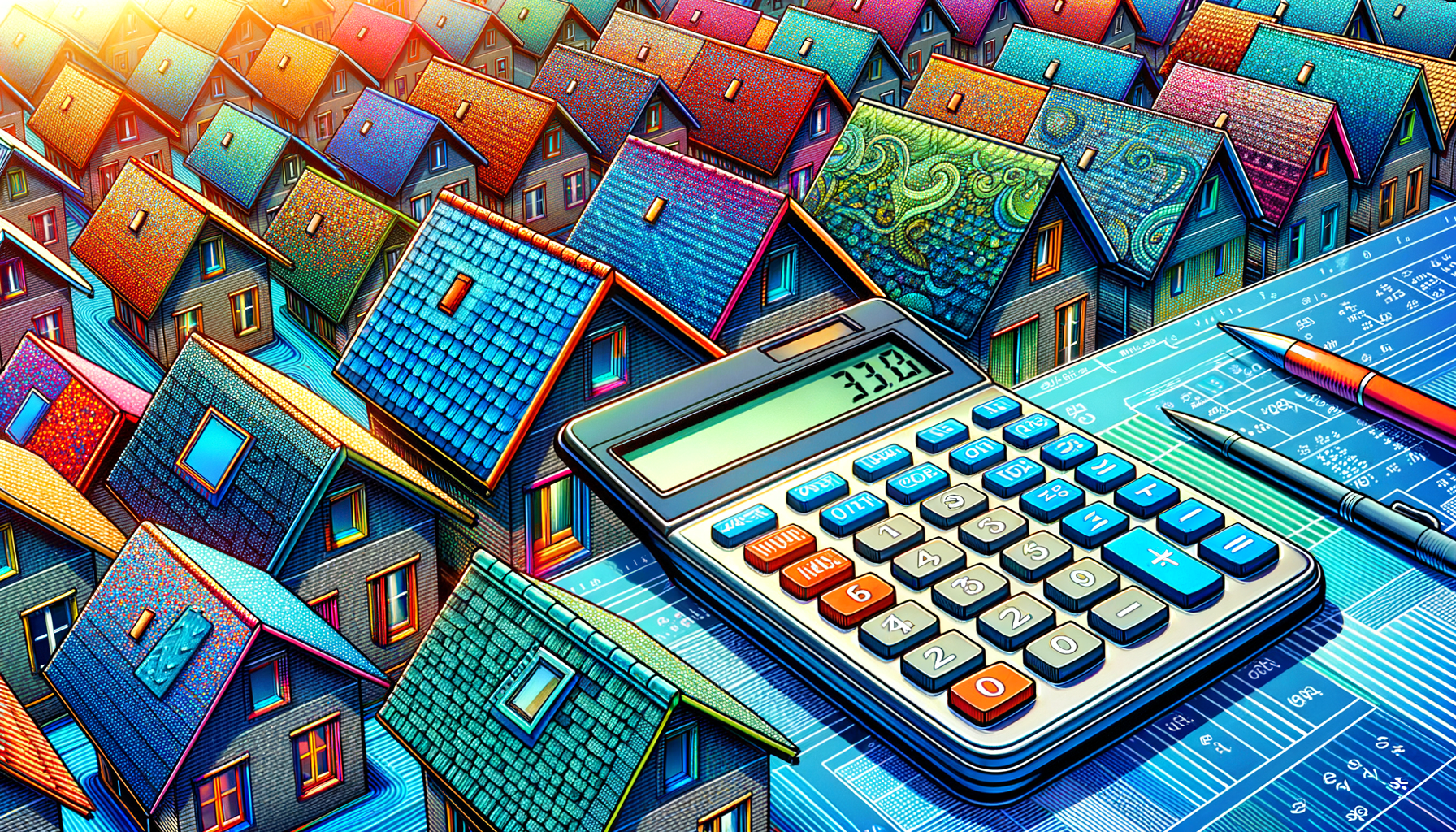How Much Does a Whole House Solar System Cost?

Updated 4 months ago
How Much Does a Whole House Solar System Cost?
The transition to solar has been gaining momentum across the globe, and homeowners are increasingly curious about the costs and benefits associated with a whole house solar system. Whether you’re seeking to reduce your carbon footprint or cut down on electricity bills, solar power can be an excellent investment for your home. In this article, we’ll walk you through the intricacies of solar system expenses, what factors into pricing, and how to estimate the cost for your specific needs.
Understanding Solar System Costs
When considering a whole-house solar system, you'll encounter varying costs based on multiple factors. The average national cost ranges significantly, but you can expect to pay between $15,000 and $25,000 after tax credits. However, this figure is highly dependent on variables such as:
- System Size: Impacted by your household’s energy consumption.
- Quality of Equipment: Higher efficiency panels and reputable brands may command a premium.
- Installation Complexity: Factors like roof condition, angle, and accessibility can influence cost.
- Location: Regional incentives and sunlight availability can alter expenses and savings.
- Labor: Costs differ by contractor expertise and location.
A typical residential solar system size falls between 5kW to 10kW. To provide a specific example, let's delve into a 6kW system which roughly caters to a home consuming approximately 800 kWh per month. This setup might cost around $18,000 before incentives.
Solar Incentives and Payback Period
The financial incentive to switch to solar energy has never been more compelling, thanks to federal tax credits and local rebates. The federal investment tax credit (ITC) lets you deduct 26% of the cost of your solar system from your federal taxes. This incentive is scheduled to decline to 22% in 2024 before expiring for residential systems in , so acting sooner rather than later could offer significant savings.
Local incentives also vary, but some utilities offer rebates or other benefits like net metering, which allows you to sell excess energy back to the grid. With these considerations, many homeowners find that their payback period—the time it takes for energy savings to cover the initial system cost—can be as short as five to eight years.
The Breakdown of Solar Installation Costs
Understanding where your money is going can make the process of investing in solar much less daunting. Here is a breakdown of typical costs associated with solar installations:
- Solar Panels (40-50% of total cost): The workhorses of solar energy conversion.
- Inverters (10-20%): Devices that convert the energy from DC to AC power.
- Installation (15-30%): Includes labor and securing necessary permits.
- Additional Equipment (5-10%): Components like racking systems, batteries, and monitors.
- Operational Costs (5-10%): Including warranties, repairs, and ancillary fees.
It’s crucial to obtain multiple quotes to ensure competitive pricing and quality service. Most reputable solar providers offer free estimates and can help tailor a system that best fits your requirements and budget.

Financing Your Solar System
The upfront cost can be a hurdle for some homeowners. However, financing options like solar loans and leases can make the transition more accessible. A solar loan lets you own your system and benefit from incentives while spreading the cost over time. A solar lease or power purchase agreement (PPA), on the other hand, involves paying a monthly fee for the system, often with no down payment, but typically excludes tax benefits since you don't own the equipment.
Each financing decision has its pros and cons, so it is essential to consider what aligns best with your financial scenario and long-term energy goals.
Maximizing Your Solar Investment
To extract the maximum value from your investment, consider the following:
- Energy Efficiency Upgrades: Before installation, improve home insulation and upgrade to energy-efficient appliances to reduce system size and cost.
- Maintenance Plan: Routine maintenance is minimal but essential to ensure optimal performance.
- Monitoring System: Invest in a good monitoring system to track production and consumption and spot any issues promptly.
Conclusion
A whole-house solar system is a significant investment that can reap financial and environmental benefits for years to come. While initial costs may seem steep, available incentives, potential energy bill savings, and increased home value make it an investment worth considering. As you contemplate this renewable energy leap, be sure to:
- Review your energy needs and consumption patterns.
- Research local incentives and installer options.
- Weigh financing choices against long-term goals.
Finally, don't hesitate to seek expert advice. Solar professionals can provide a tailored quote and further information, factoring in your unique circumstances.
Embarking on the journey to solar energy may involve upfront complexity, but the long-term rewards—both personal and planetary—are immense. Start today by estimating how much a whole-house solar system might cost you, and prepare for a brighter, greener tomorrow.
If you're ready to consider solar power for your home, click below to calculate the potential costs and savings based on your location and energy needs. Start your path to sustainable living and energy independence now!




